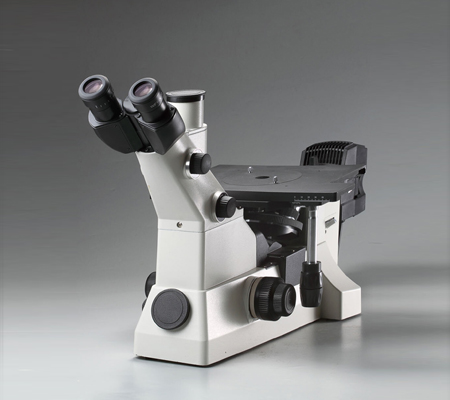Stereo Zoom Microscope
A stereo microscope is an optical device that provides a three-dimensional view of a specimen. Also known as a dissecting microscope or stereo zoom microscope, it differs from a compound light microscope by using separate objective lenses and eyepieces, creating distinct optical paths for each eye. This separation allows for the perception of depth through the different angles of view for each eye.
Unlike compound light microscopes, which use transmitted light, stereo microscopes use reflected light from the specimen. They typically offer magnification ranging from 6.5x to 65x and are particularly suited for examining opaque, thick, or solid objects.
Most stereo microscopes feature two light sources: one positioned above the specimen for reflection and another below for illuminating thinner samples. The resolution of a stereo microscope, like other optical light microscopes, depends on the wavelength of light and the numerical aperture of the objective lens.
Unlike compound light microscopes, which use transmitted light, stereo microscopes use reflected light from the specimen. They typically offer magnification ranging from 6.5x to 65x and are particularly suited for examining opaque, thick, or solid objects.
Most stereo microscopes feature two light sources: one positioned above the specimen for reflection and another below for illuminating thinner samples. The resolution of a stereo microscope, like other optical light microscopes, depends on the wavelength of light and the numerical aperture of the objective lens.






